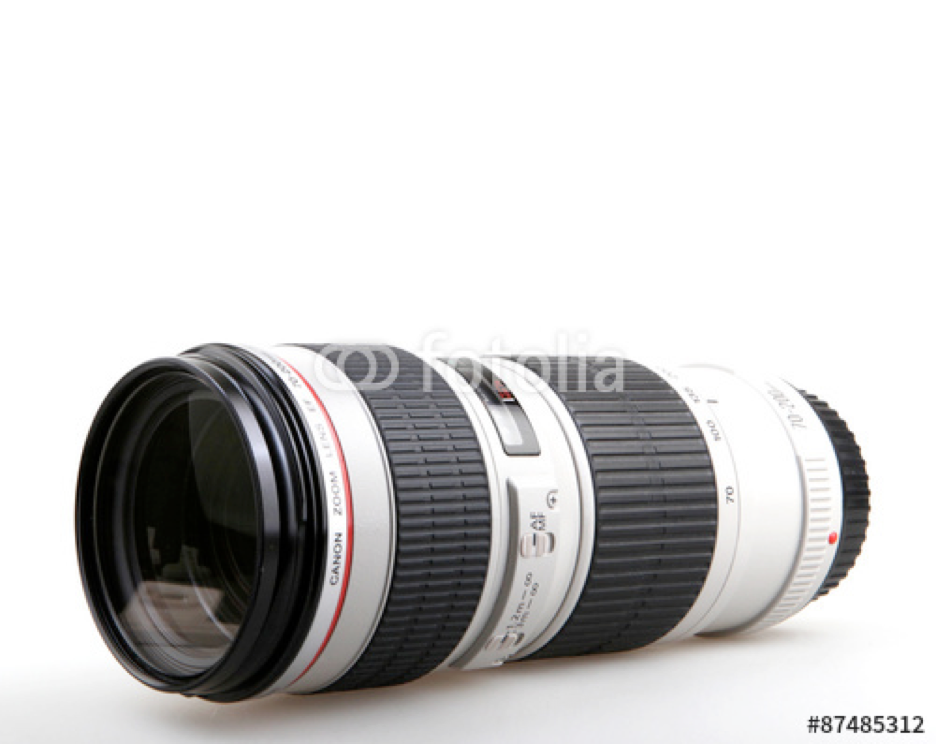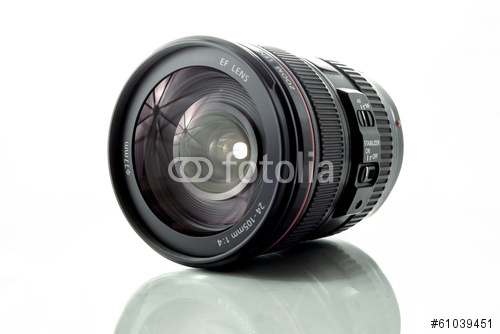Prime lenses vs zoom lenses: All you need to know
/All lenses can be broadly sub-divided into two major categories – primes and zooms. Prime lenses are those which have a single focal length (focal range refers to the zooming range). You will find these lenses marked with the acronym 50mm or 85mm or even 200mm. Zooms on the other hand have a variable focal length. You can switch between its focal length ranges by turning the zoom ring. Such lenses would be marked as such 18-55mm, 70-300mm or 18-200mm. For obvious reasons prime lenses don’t have a zoom ring on them.
1. Advantage of prime lenses: Quality of image
You will hear a lot of good things about the image quality of prime lenses. Prime lenses tend to have less moving parts inside and less complicated mechanism resulting in a higher quality of images. There is no zoom ring, which means there is no zooming ring. Manufacturers can thus focus their energy in making the quality of the images tack sharp.
You are likely to notice a significant drop in quality for wide angle zoom lenses at the widest focal length. Wide angle lenses suffer from what is known as barrel distortion. Images are skewed towards the corners and the center appears bloated. Vertical lines appear curved. Wide zooms suffer from this problem more than wide primes.
Longer focal length lenses, on the other hand, suffer from pincushion distortion. Here again zooms suffer more compared to primes. As a matter of fact prime telephoto lenses such as 135mm f/2 D made by Nikon or the 400mm primes made by both Nikon and Canon are widely acclaimed to be the best in the business.
Weight and bulk
Since prime lenses do not have a lot of moving parts inside, their overall bulk and weight tend to be less than zooms. There are, however, some exceptions. Some fixed focal length lenses like the Nikon 135mm f/2 D mentioned above tend to be heavier than the comparable zoom lenses. Just to make my point here, the prime lens mentioned above weighs around 800 grams and the comparable Nikkor 18-140mm f/3.5-5.6 G ED zoom lens weighs only 490 grams. And this is primarily due to the lens construction. Aimed at professional photographers thus includes metal in its construction to resist heavy usage unlike the plastic material that characterizes the entry level lenses.
Faster maximum aperture
Primes have a faster maximum aperture (e.g. f1.4, f2.8, f4…) compared to zoom lenses of the same focal length range. Let’s say we compare an 18-55mm kit lens with a 50mm prime. The kit lens has a maximum aperture range of f/3.5 – 5.6. The prime, on the other hand, depending on the brand and the version, will have at least f/1.8 maximum aperture. In low light situations that extra stop or two of light can be extremely handy. Zoom lenses like the one I mentioned above would only open up to its widest aperture (f3.5 in this case) when at its shortest focal length. When you zoom in, maximum aperture drops down to f/5.6.
Cheaper price
Prime lenses can be cheaper than zoom lenses. This is a significant advantage for amateur photographers. Especially when you consider that the image quality of these lens are top notch too.
Disadvantages of prime lenses
With Prime lenses the most obvious disadvantage is the lack of zooming ability. If you need to zoom you will have to do that using your feet. Plus, for a single focal length range you will need to buy at least two prime lenses. You will also have to change lenses quite a lot when shooting.
Advantages of zoom lenses: Convenience
As you would come to expect, many of the disadvantages of prime lenses becomes advantages for zooms. Let’s first start with the convenience factor. The fact that a single zoom lens can often cover the focal length for two or even three primes, it gives you an incredible advantage when shooting. For travel photography when you are on vacation, you can carry a single lens to cover everything you need. This means you can stay within the international carry-on baggage limit and still packing your favorite photography gear. And you still have room for your other indulgences.
Disadvantages of zoom lenses
Weight is a factor that works against zoom lenses. But not always as has been described above already. Image quality is another factor. Then again there are plenty of good quality zoom less which produce excellent images. The Canon 200-400mm lens is one of the best in its class and is frequently used by bird, wildlife and sports photographers.
Over all the debate prime vs zooms is more dependent on personal preference, budget and style of shooting. What one photographer prefers may not be the natural choice for another.
If you enjoyed reading this article and would like to know more about another photography theme, please feel free to let us know here >
Alternatively, you may subscribe to my newsletter for receiving weekly news from the blog in addition to keeping you updated with my courses' availability.
Additional Readings
















